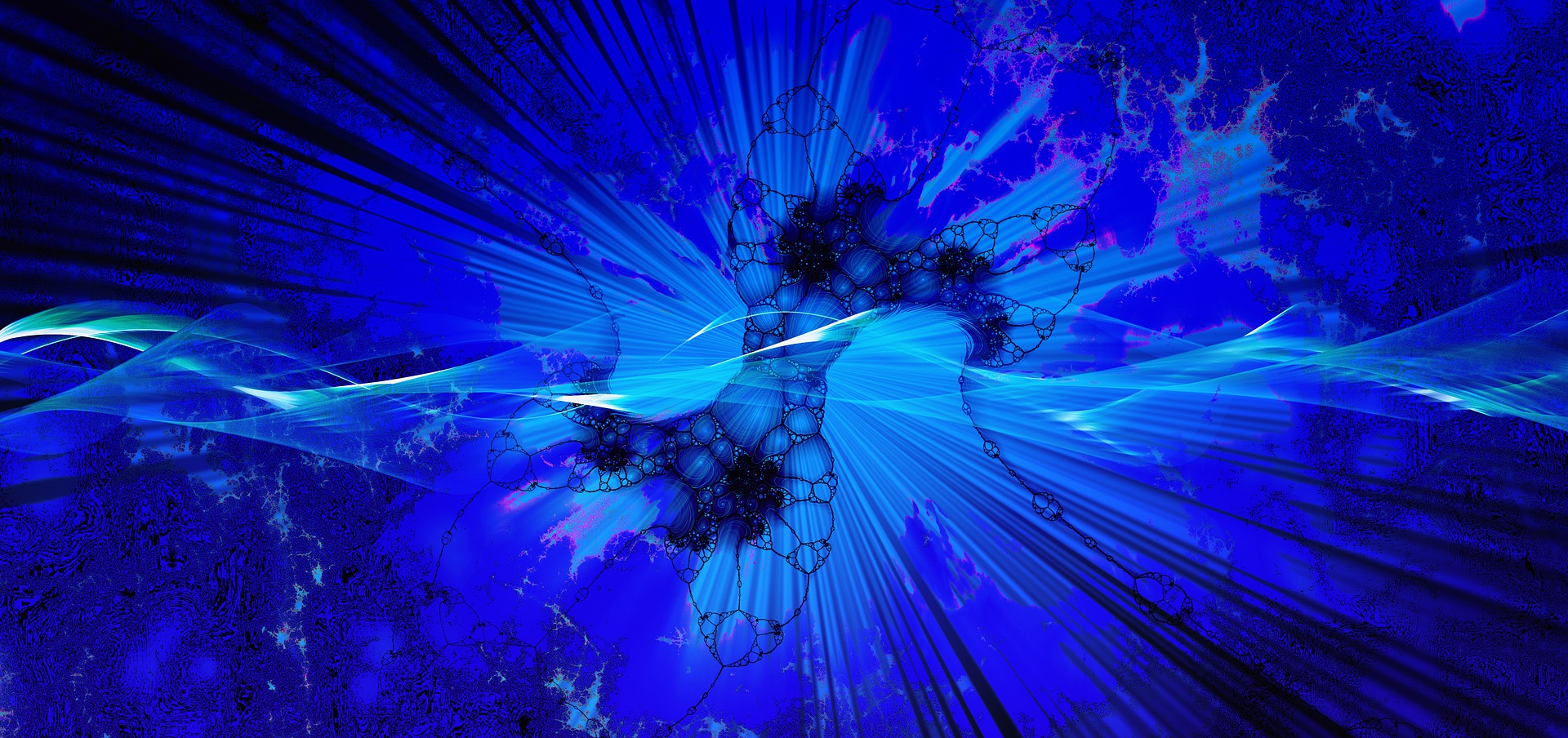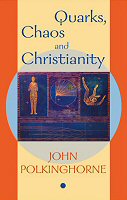
When I left the full-time practice of science and turned my collar round to become a clergyman, my life changed in all sorts of ways. One important thing did not change, however, for, in both my careers, I have been concerned with the search for truth.
Religion is not just a technique for keeping our spirits up, a pious anaesthetic to dull some of the pain of real life. The central religious question is the question of truth. Of course, religion can sustain us in life, or at the approach of death, but it can only do so if it is about the way things really are. Some of the people I know who seem to me to be the most clear-eyed and unflinching in their engagement with reality are monks and nuns, people following the religious life of prayerful awareness.
In the investigations of the different aspects of experience that concern them, it seems to me that science and religion share a common desire to learn what is true. Neither will attain absolute certainty in this pursuit; both will call for a belief that is motivated but not unquestionable. Just consider how, in fact, they set about their task.
When I started as a research student in elementary particle physics in 1952, we believed that matter was made out of protons, neutrons, and electrons. The electrons have had a pretty good run for their money, and we still regard them as fundamental. However, by 1979, when I left the subject, we had reached the conclusion that protons and neutrons are themselves made up of constituents, yet more basic. These are the famous quarks and gluons …
No one has ever seen a quark, and we believe that no one ever will. They are so tightly bound to each other inside the protons and neutrons that nothing can make them break out on their own. Why, then, do I believe in these invisible quarks? It’s a long story, which I’d love to tell you, but that’s not really what this book is about and so I’ll have to leave the detail for another occasion. In summary, it’s because quarks make sense of a lot of direct physical experience, such as the patterns in which particles can be grouped, and the strange way in which projectiles, like electrons, bounce back from collisions with protons and neutrons, just as if there were some tough and tiny constituents sitting inside.
In a rather similar way, I believe in the Big Bang. Of course, I wasn’t around to see it happen, but it makes sense of the way the universe appears to be today, with galaxies moving apart from each other, and with a whisper of radio noise around (the background radiation), which is best understood as a lingering echo from those far-off times.
I also believe in biological evolution. There are unresolved puzzles, some of the evidence is pretty fragmentary, and there may well be more to understand about the process than has yet been unravelled by biologists. Nevertheless, that life has grown from initial simplicity to present complexity through an evolving history, which certainly includes the patient sifting and accumulation of small differences through natural selection, is far and away the best understanding we have arrived at of the fossil record and of the relationships of DNA sequences in different organisms.
The intellectual strategy of science is neither an undue credulity nor a perpetual scepticism. No progress would be made if one questioned everything all the time. In fact, scientists find it as hard as anyone else to revise long-held beliefs when, occasionally, this is called for. The understanding we gain is never beyond a peradventure, and, often, there are aspects of what’s going on that are puzzling or even totally inexplicable. We do the best we can, and a general scientific theory is broadly persuasive because it provides the best available explanation of a great swathe of physical experience. The cumulative fruitfulness of science encourages me to believe that this is an effective intellectual strategy to pursue.
I wish to engage in a similar strategy with regard to the unseen reality of God. God’s existence makes sense of many aspects of our knowledge and experience: the order and fruitfulness of the physical world; the multilayered character of reality; the almost universal human experiences of worship and hope; the phenomenon of Jesus Christ (including his Resurrection). I do not want to elaborate these considerations here (any more than I elaborated the reasons for some of my scientific beliefs), but I think that very similar thought processes are involved in both cases. I do not believe that I shift gear in some strange intellectual way when I move from science to religion. In particular, I do not claim that religious belief springs from some mysteriously endorsed and unquestionable source of knowledge that is not open to rational assessment and, if necessary, to reassessment. Theology has long known that our images of God are inadequate to the infinite richness of the divine nature; that human concepts of God are ultimately idols to be broken in the face of the greater reality.
In their search for truth, science and religion are intellectual cousins under the skin. In the nineteenth century, A. D. White wrote a celebrated book called The Warfareof Science and Theology in Christendom (Appleton, 1896), but its thesis of conflict was a costly and ill-judged mistake. I have sought, instead, to present an account of the friendship between science and theology, which 1 believe to be the truer assessment.
Religion is our encounter with divinereality, just as science is our encounter with physical reality. A scientist can believe (and many do). I’m glad to count myself in that number, and I’ve written this book in the hope that it will help others to make a similar discovery.

This post is Chapter 8 from Quarks, Chaos & Christianity by John Polkinghorne (SPCK, 2005). Reproduced here by kind permission of the author and publisher.